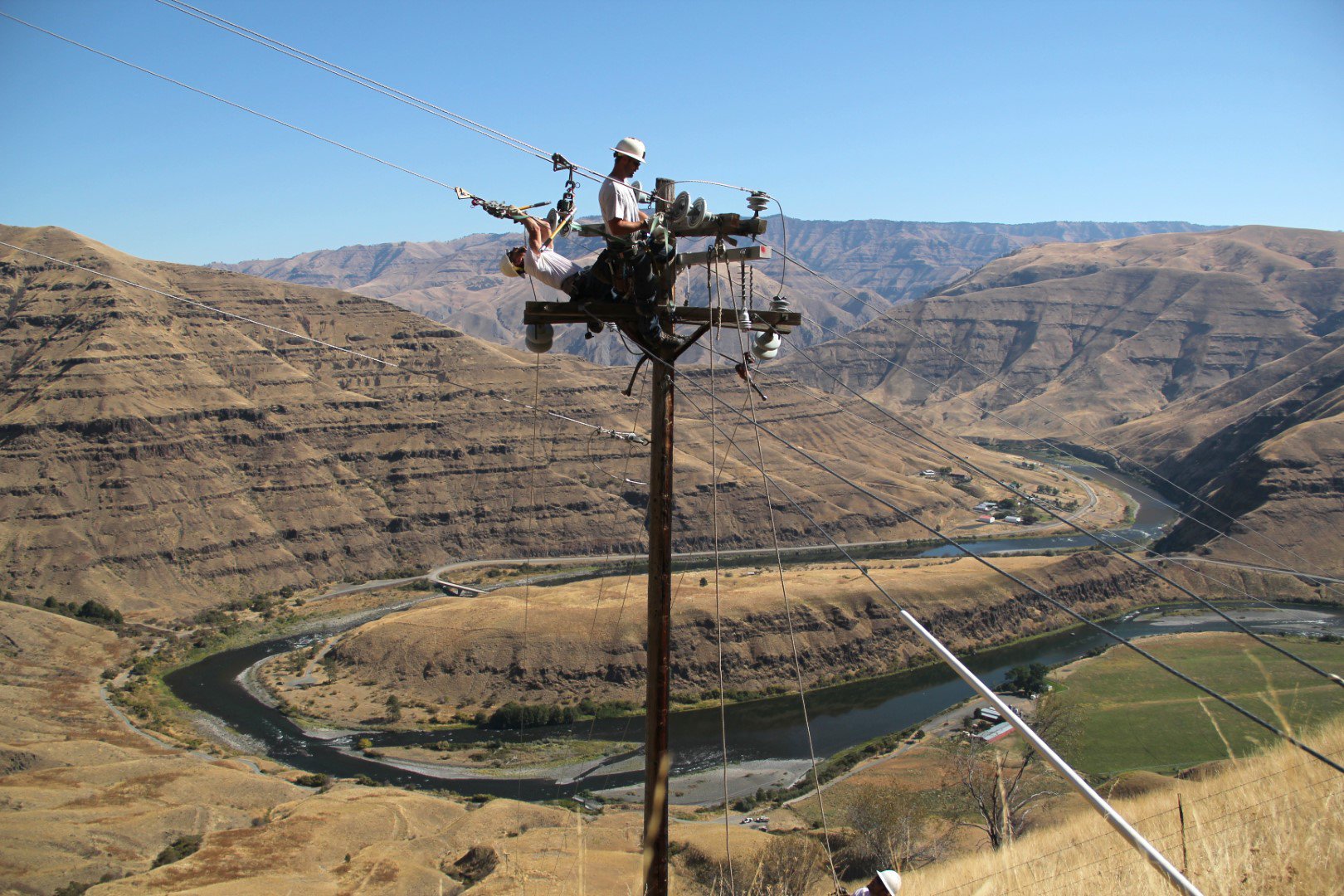North Idaho Public Utilities Share Concerns
- February 20, 2024
- Carol Winkel

At its meeting in Coeur d’Alene, Council members heard from directors of North Idaho utilities about the pressures they face–significant load growth, changing demographics, aging infrastructure, rate increases, and extreme weather events. (See presentations and video.)
Jim Robbins, Kootenai Electric; Steve Klatt, Northern Lights, Inc. and Jeff Copeland, Clearwater Power talked about their mission as public utilities to provide reliable power at competitive rates to their customers in an increasingly risky planning environment.
As the Council prepares work on its next regional power plan, it is coordinating with the Bonneville Power Administration on its post-2028 processes and hearing from regional stakeholders about their critical issues.
Changing Demographics, Increased Expectations
“In today’s world, we may not be able to meet those criteria,” said Robbins. “We’re here to talk about why that is.”
One of the biggest factors has been the tremendous migration into the area that they’ve experienced in the last several years.
“Kootenai Electric’s growth over the last eight years has more than doubled, and we expect it to continue,” said Robbins. “People from California, Oregon, and Washington are moving here in large numbers.”
Klatt echoed that, saying that Northern Lights had seen a 50 percent bump in growth. The changing demographics has also meant dealing with customers that expect a different level of service.
“We’re changing from farmers, ranchers, and loggers, and that is influencing customer demand.” The expectation is for a much higher level of service than before.
Aging Infrastructure
Equipment, like transformers, can be maintained and extended only so long before it eventually needs to be upgraded or replaced. It’s another expensive, yet necessary, investment that requires planning around timing and financing. There’s also the issue of the supply chain distribution.
“Kootenai Electric gets its transformers from South Korea,” said Robbins. “They aren’t available in the U.S.”
Rising Rates
Post 2028, the utilities anticipate significant rate increases, making affordability a real issue.
“Today, 70 percent of our power is from the Bonneville Power Administration and 30 percent from the market. Bonneville’s tier one power is in the $40 range per megawatt, the market is $80 to $100 per megawatt,” said Robbins.
And as extreme weather events become more common, it’s an added risk to their calculations because buying power on the market becomes exponentially more expensive.
“During a four-day period in January, we experienced a cold snap that underscored the value of the hydrosystem,” said Robbins. Extremely cold conditions can cause equipment problems and disruptions to the gas pipeline that fuels gas power plants.
“I’ve been in this business for over 50 years, and I’m more apprehensive about the future than I’ve ever been,” said Robbins.
It’s a constellation of conditions—reliability, prices, uncertainty about extreme weather—that is creating worry about whether they will have enough power.
In the end, observed Robbins, “The public doesn’t care about excuses.”
Learn More:



